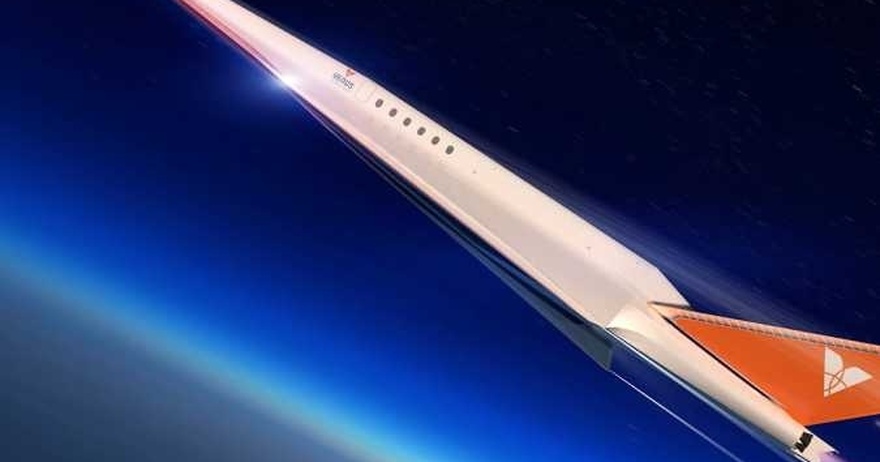Humanity has always strived to move faster, from the days of walking to the invention of the wheel and later to the age of trains, cars, and airplanes. Today, we stand on the brink of a new era: hypersonic flight. The prospect of flying from London to New York in just one hour isn’t just a dream anymore—it’s rapidly becoming a reality thanks to innovations from companies like Venus Aerospace.
The history of fast air travel took off in the 1970s when Concorde, the world’s first supersonic commercial airliner, debuted. Capable of cutting transatlantic flight times in half, Concorde flew from New York to London in just under three hours. Despite its revolutionary design, Concorde was eventually retired due to its high operating costs and the loud sonic booms it generated. After the Concorde, airlines reverted to subsonic jets that offered more seats and better fuel efficiency.
However, in recent years, the dream of faster-than-sound flight has returned, and now, engineers are pushing beyond supersonic speeds into the realm of hypersonic travel.
One company at the forefront of this revolution is Venus Aerospace. Their vision goes beyond merely bringing back supersonic flight; they aim for hypersonic. Their hypersonic jet concept, powered by the cutting-edge VDR2 engine, promises to travel at speeds never before seen in commercial aviation. Imagine traveling from London to New York in under an hour. That’s the kind of innovation Venus Aerospace is working toward.
To grasp the excitement surrounding hypersonic jets, let’s define hypersonic flight. Hypersonic speeds refer to anything Mach 5 or above—five times the speed of sound, or roughly 3,800 mph at sea level. For context, Concorde flew at Mach 2, allowing it to halve traditional flight times. At Mach 5 or even Mach 6, this new breed of aircraft could slash hours off global travel times.
Central to Venus Aerospace’s vision is the VDR2, short for Venus Detonation Ramjet 2000 lb Thrust Engine. While “detonation” might sound alarming, it refers to the cutting-edge combustion technology that enables the engine to generate extraordinary thrust at hypersonic speeds. The VDR2 is designed to power planes to Mach 6, allowing for incredible speed and efficiency during flight.
If you thought Concorde’s sub-three-hour flight was fast, the idea of crossing the Atlantic in under 60 minutes is mind-blowing. London to New York becomes as quick as a short commuter flight at hypersonic speeds. The potential time savings would be game-changing for global business, tourism, and logistics.
Venus Aerospace plans to test this revolutionary engine soon, with the first flight expected in collaboration with aerospace company Velontra. These tests aim to unlock the future of high-speed flight, setting the stage for commercial and defense aircraft.
Like Concorde, hypersonic jets must fly much higher than standard commercial airliners. Operating at altitudes of 60,000 feet or more, passengers will experience unprecedented speeds and witness the curvature of the Earth. While still far from space, the view promises to be extraordinary.
Imagine flying from Tokyo to Los Angeles in just a couple of hours. Hypersonic jets could revolutionize business travel, tourism, and freight, changing how we think about international connections.
The dream of hypersonic flight is closer than ever. With Venus Aerospace leading the charge and other companies following suit, we could soon live in a world where London to New York takes just an hour. Hypersonic travel promises to reshape the future of aviation, and it could arrive sooner than we think.
